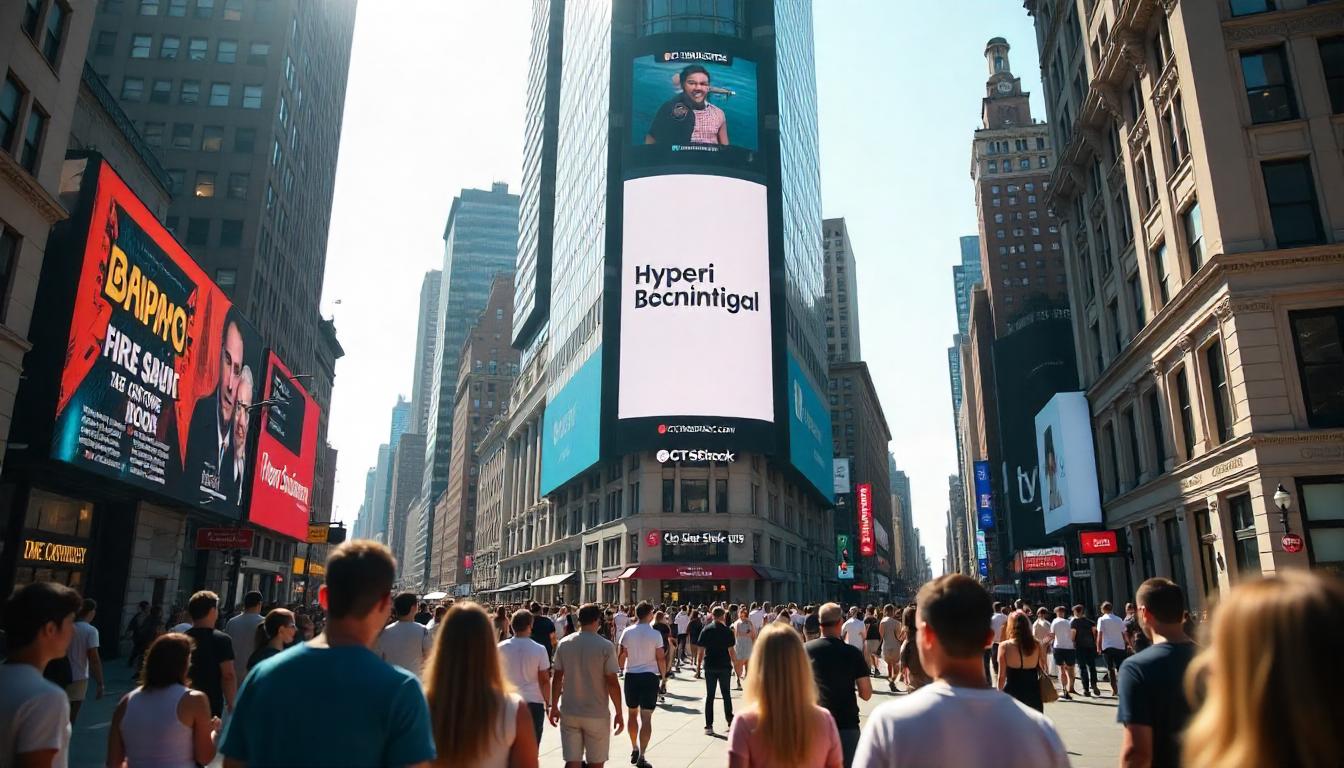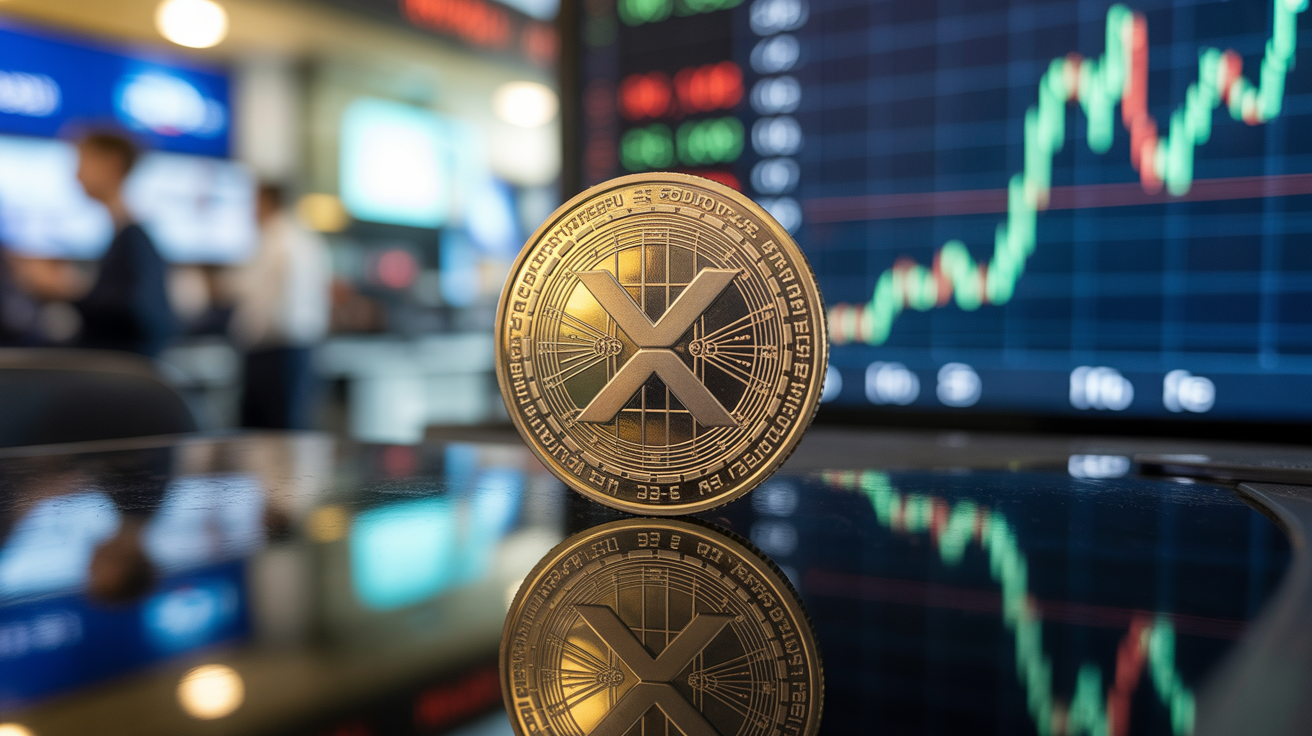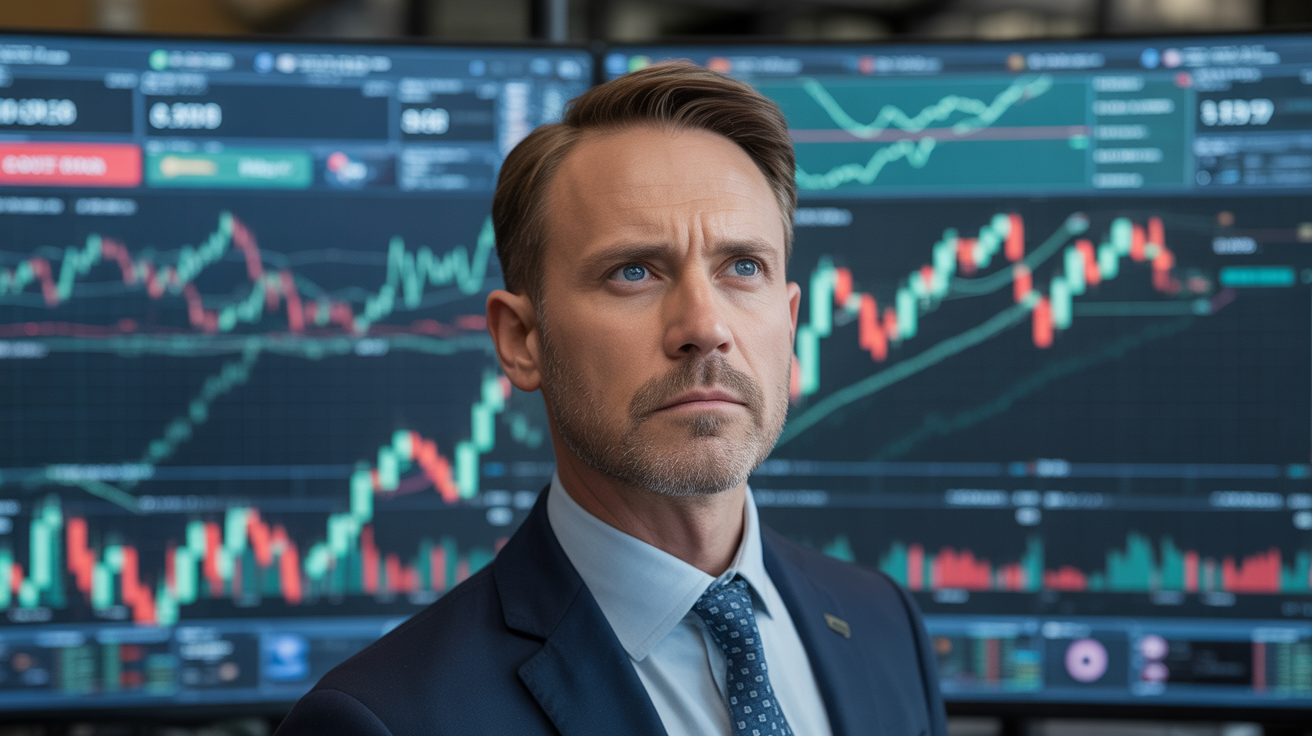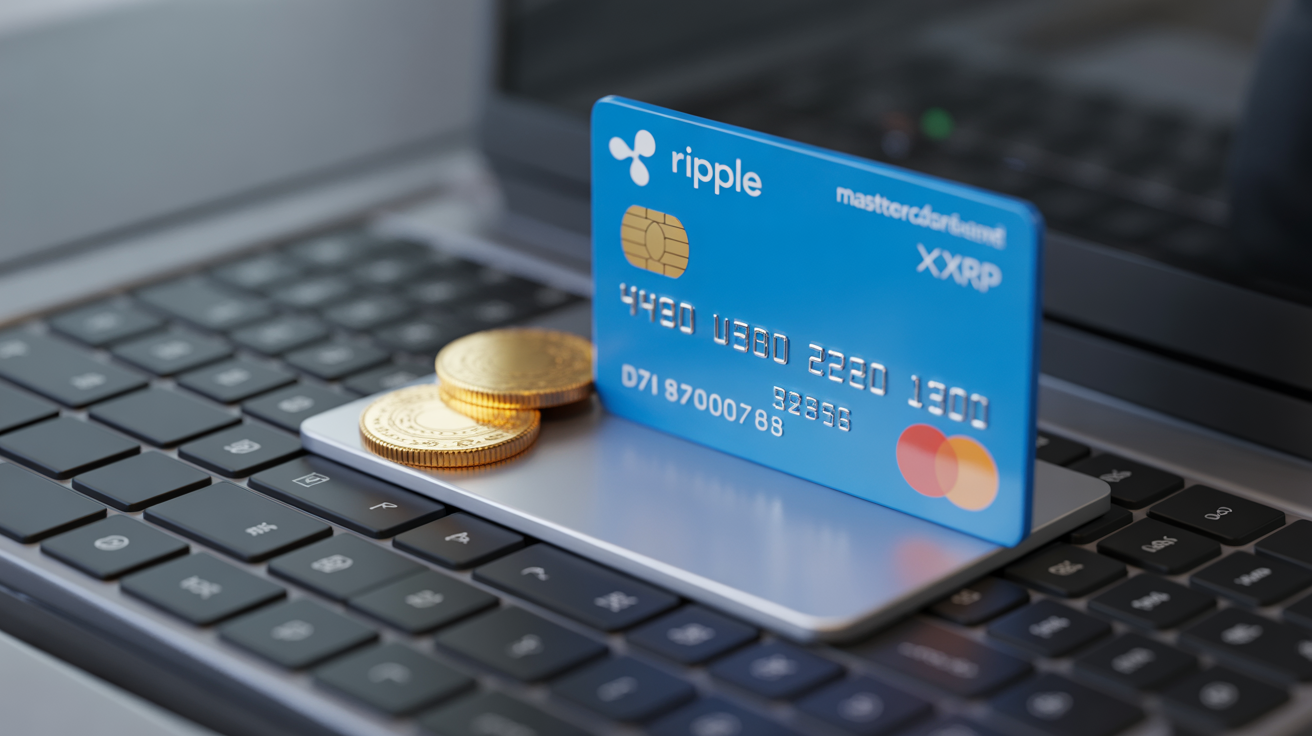As Bitcoin continues smashing records and institutions pour in, the once far-fetched notion of hyperbitcoinization is starting to look less like science fiction—and more like a serious economic possibility.
The term “hyperbitcoinization” has historically conjured images of a crumbling fiat system replaced by Bitcoin as a global reserve currency. For Bitcoin maximalists, it’s been the ultimate scenario: a future where individuals, businesses, and nations rely solely on BTC while traditional monetary structures fade into irrelevance.
While we’re not living in that world yet, recent market trends suggest the idea may be inching closer to reality.
Bitcoin Hits New Heights
Bitcoin has surged above $119,000, propelling its market cap closer to those of major tech titans. Meanwhile, the U.S. dollar’s purchasing power continues to erode. Institutions are increasingly treating Bitcoin as a legitimate asset, weighing it alongside traditional investments in their portfolios.
“In previous bull runs, hyperbitcoinization was just a niche crypto debate,” noted FRNT Financial in a recent report. “Now, the conversation is entering the mainstream.”
A few years ago, it was unimaginable that firms like BlackRock would launch Bitcoin investment products. Today, BlackRock’s iShares Bitcoin Trust (IBIT) holds 706,008 BTC—valued at roughly $82 billion, according to BitcoinTreasuries.Net.
The Institutional Wave
Corporations are raising capital to acquire Bitcoin for their treasuries. Even political leaders, including the current pro-crypto U.S. president, have floated the idea of establishing national Bitcoin reserves—a concept that seemed radical just a short time ago, even if it remains uncertain.
Meanwhile, traditional financial systems are adjusting. A U.S. housing regulator is exploring whether crypto assets could count toward mortgage applications—a sign that digital assets may be inching closer to the financial mainstream.
Wall Street’s embrace of Bitcoin has also transformed it from a fringe asset into a staple of regulated investment products, making it accessible to both institutional and retail investors.
Ownership Dynamics Are Shifting
One clear signal of hyperbitcoinization’s possible approach is the shift in who holds Bitcoin. Between 2014 and 2020, individual investors dominated BTC ownership. Now, institutions, corporations, and even governments are significant holders, reshaping market dynamics.
This evolving distribution suggests hyperbitcoinization is moving beyond a theoretical idea and becoming a trend visible in market behavior.
“In a market driven by narratives and liquidity, hyperbitcoinization could evolve from a concept into a real investment strategy,” FRNT Financial said.
They added that as hyperbitcoinization gains legitimacy, more investors—including individuals, institutions, and potentially nations—could be motivated to HODL their Bitcoin, further tightening supply and supporting price growth.
A Glimpse of the Future
Hyperbitcoinization remains far from fully realized. But Bitcoin’s record-breaking rally, shifting institutional attitudes, and growing global attention suggest that what once seemed like a crypto fantasy might be emerging as one of the decade’s most significant economic narratives.




























